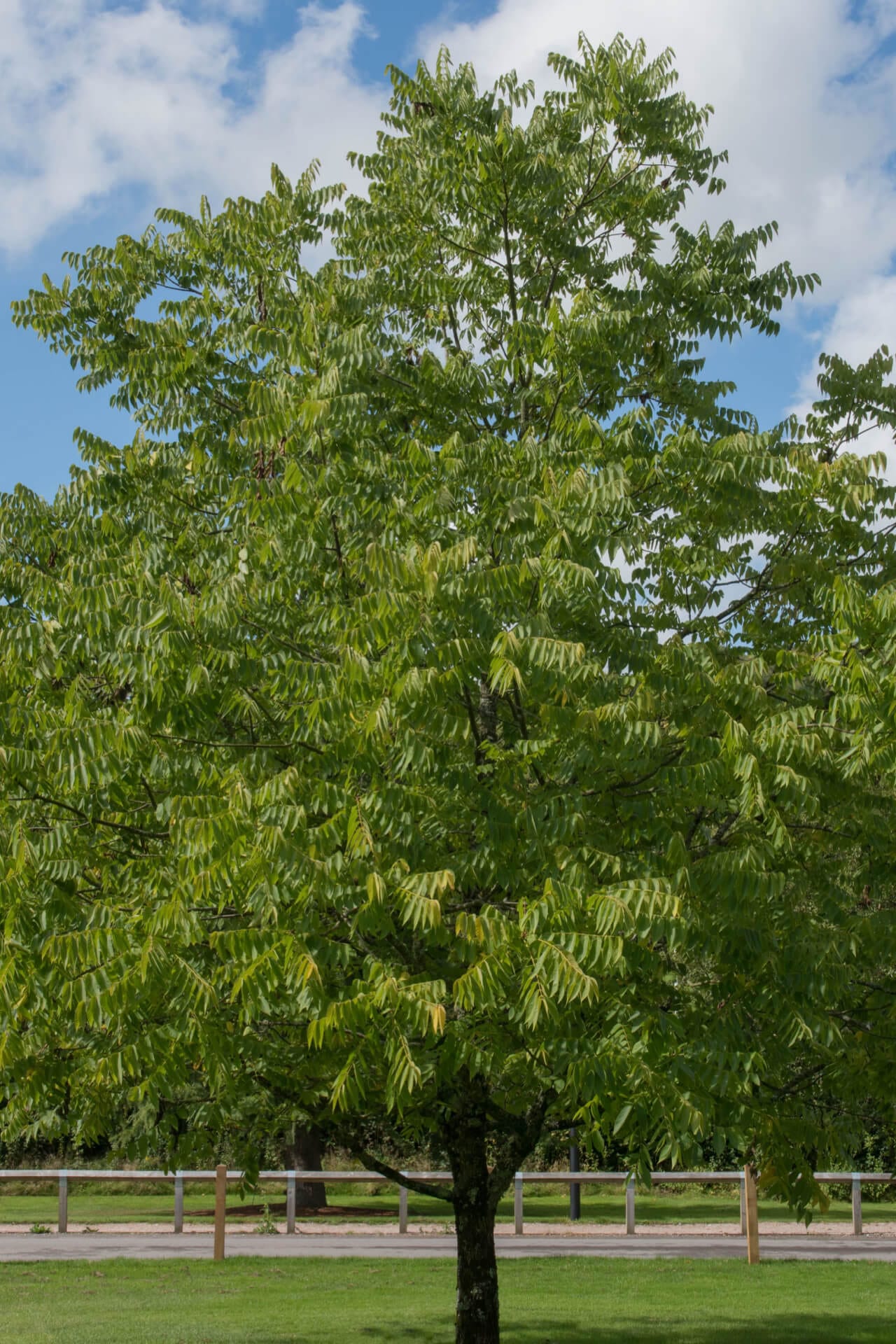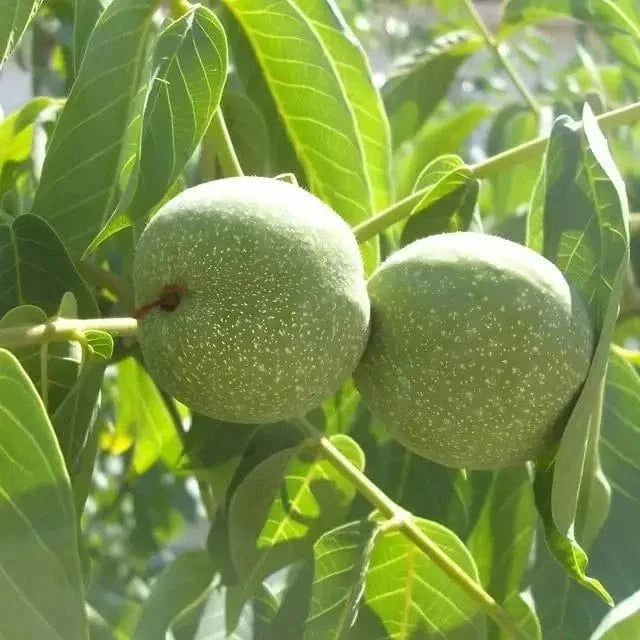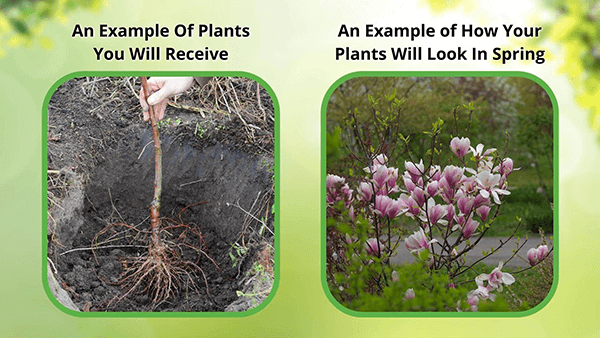Black Walnut Tree
Black Walnut Tree
| Order | Percentage Discount | ||
|---|---|---|---|
| 2-5 | 25% Off | ||
| 6-10 | 30% Off | ||
| 11-25 | 35% Off | ||
| 26-50 | 45% Off | ||
| 51+ | 65% Off | ||
Couldn't load pickup availability
5-7 Days
Over 25 Feet
Full Sun
4-9
Shade
Bare-root
TX. MI, MO, NE, OK, MS, OR, OH, AR, AZ, KS, IN, VA, WA, RI. PA. MN. WV.CA
Black Walnut Tree - Juglans Nigra
Black Walnut Trees are native to eastern North America. They can grow to 100 feet tall and spread to 75 feet. The tree has a straight trunk and a broad, spreading crown, making it a famous shade tree.
Produce and Planting
The tree produces a nut enclosed in a rugged, thick shell that is difficult to crack. Nutrient meat is high in protein, fiber, and omega-3 fatty acids and is commonly used in baking and cooking. The wood is also highly prized for its durability, strength, and attractive grain and is often used in furniture-making and other woodworking projects.
When planting a tree, it is essential to choose a suitable location. Here are some tips on where to plant:
- Soil type: They prefer well-drained, deep, fertile soils. They can grow in various soil types but prefer loamy, well-drained soils.
- Sunlight: To thrive, they require total sun exposure. Ensure your chosen location receives at least 6-8 hours of direct sunlight daily.
- Spacing: They can grow up to 100 feet tall and spread up to 70 feet, so planting them in a location with plenty of room to grow is essential. Leave enough space between the tree and nearby structures, power lines, or other trees.
- Climate: They are hardy in U.S.D.A. zones 4-9 but perform best in zones 5-8.
- Nearby plants: They produce a chemical called juglone that can be toxic to some plants, so avoid planting them near susceptible species like tomatoes, peppers, potatoes, and blueberries.
In summary, when planting It, choose a location with well-drained, fertile soil, total sun exposure, and ample space for growth.
This is a deciduous tree in the walnut family, the Juglandaceae. It is found in eastern North America and grows mainly in riparian areas.
Black Walnut Tree's Size
They can also be found around the mid-eastern United States. Regarding the size of this plant, the tree can reach up to 130 feet in height, and its leaves are reported to be up to 2 feet tall. It's also worth noting that the tree bark is mostly grey-black.
Requirements
The tree can grow up to 4 feet in about a year, and its soil requires it to be at least 3 feet deep and have acceptable moisture-holding capacity. It can self-pollinate but plant two to ensure pollination. This nut tree will bear in 12-15 years. It grows well in full sun. It can grow from 50 to 75 feet in height in the open and has an even spread of 50 to 75 feet.
Benefits
This tree has a medium growth rate and will survive in acidic, alkaline, loamy, moist, rich, sandy, well-drained, wet, wide-range clay soils. It is not susceptible to disease or pests. It is essential for productivity, as it's heavily used for planting and producing wood and other industrial uses.
These trees are crucial in growing for landscaping procedures, as many use them for large-scale landscaping. The tree is also known for being edible, and it contains multiple vitamins and minerals. People can also use it to bake numerous treats and foods like meats, fruits, and vegetables. It's also reported that most of them used for food resources come from Missouri during harvesting.
This Is How Your Plants Will Look upon Delivery
Bloom/Foliage Color
Green
Shipping date depends on the date displayed and chosen when you order from the product's page.
We only accept returns on plants verified dead. If you think your plants have died, we offer a 1 year warranty, please use use this File a Claim Link to verify dead plants and start with return warranty process.









